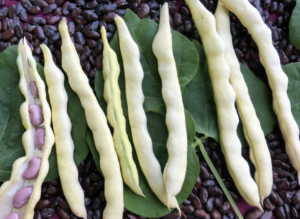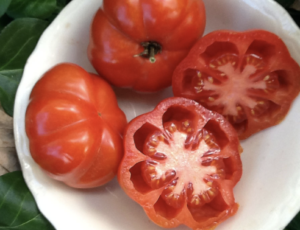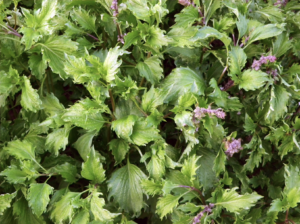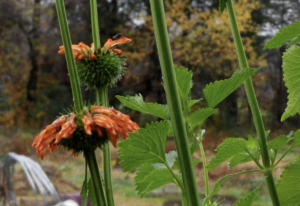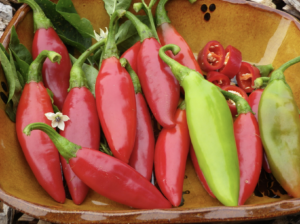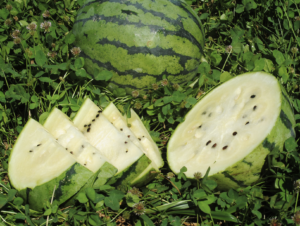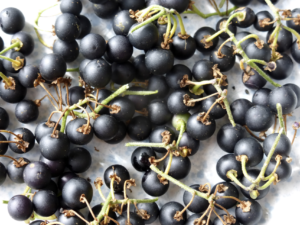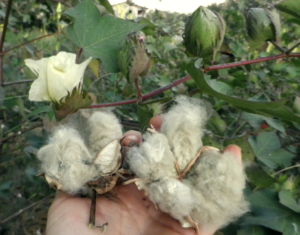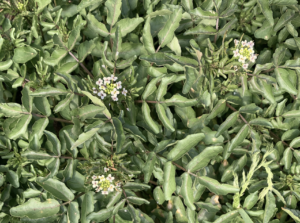When we think of nature’s helpers in the garden, we often immediately think of bees and butterflies. We tend to overlook birds, but they’re just as helpful to have around. Songbirds like Cardinals, Bluebirds, and Chickadees feed on various garden pests, Ruby-throated Hummingbirds pollinate flowers, and larger birds like Barn Owls and Kestrels feed on voles, mice, and other rodents that can damage your garden.
Sadly, many bird species are declining. They’re facing the effects of climate change, habitat loss, and pollution. Providing a bird-friendly garden can help your garden be more productive while giving these incredible creatures a helping hand. Here’s how you can plan a bird-friendly garden for next year.
Layout
You might think that birds wouldn’t care about the layout of a garden, but they do! To start with, you generally want to avoid large open expanses. Songbirds are more likely to visit your garden if you add elements of height and cover. These could be shrubs and fruit trees as well as taller patches of annuals and perennials like sunflowers, Joe-Pye Weed, delphiniums, and hollyhocks.
The exception to this is openings beneath large trees. These can be great spots for owls and hawks to hunt. They’ll perch in trees on the edges of clearings waiting to swoop down on unsuspecting prey.
Think about creating a bird-friendly garden with patches of different layers. The tallest layer would be mature trees, followed by shorter trees and shrubs and vining plants like grapes or native Trumpet Honeysuckle on large trellises. Next are herbaceous plants like many of the annual vegetable crops, herbs, and flowers we grow, and last is the bottom layer of mulch like straw hay, wood chips, or decaying leaves. These layers provide habitat for perching, nesting, hunting and foraging, and cover from predators.
Selecting Plants
The best thing you can do when adding plants for a bird-friendly garden is to select as many native species as possible. These are the plants that birds and their prey are well-adapted to using. They’re also generally low-maintenance and tolerant of local conditions.
If you can add trees to your property, they can help birds and other wildlife. Some great options include native hickories and beeches, which provide protein-rich food for birds like Blue Jays and Rose-breasted Grosbeaks. Native cherries and dogwood are also excellent choices because they produce berries that are favorites for many songbirds. Just be sure to research what will do well in your area. A local field guide to native trees or chatting with your county extension agency can be helpful.
Patches of dense, twiggy shrubs, small trees, or hedges are great places for songbirds to seek cover and nest. Native options like Eastern Red Cedar, Southern Arrowwood, and willows work well. Those that do double duty by providing fruit for you and the birds are also great options. Consider raspberries, elderberries, or mulberries.
Herbaceous plants provide seeds for birds, nectar for hummingbirds, and habitat for insects that birds feed on. Great native choices include rudbeckia, echinacea, bergamot, butterfly weed, goldenrod, and coreopsis. You can also help birds by allowing any bolting lettuces to go to seed. Their little seeds are a favorite of species like Goldfinches. Take a look at plants bloom times and plan a garden with something blooming all season. 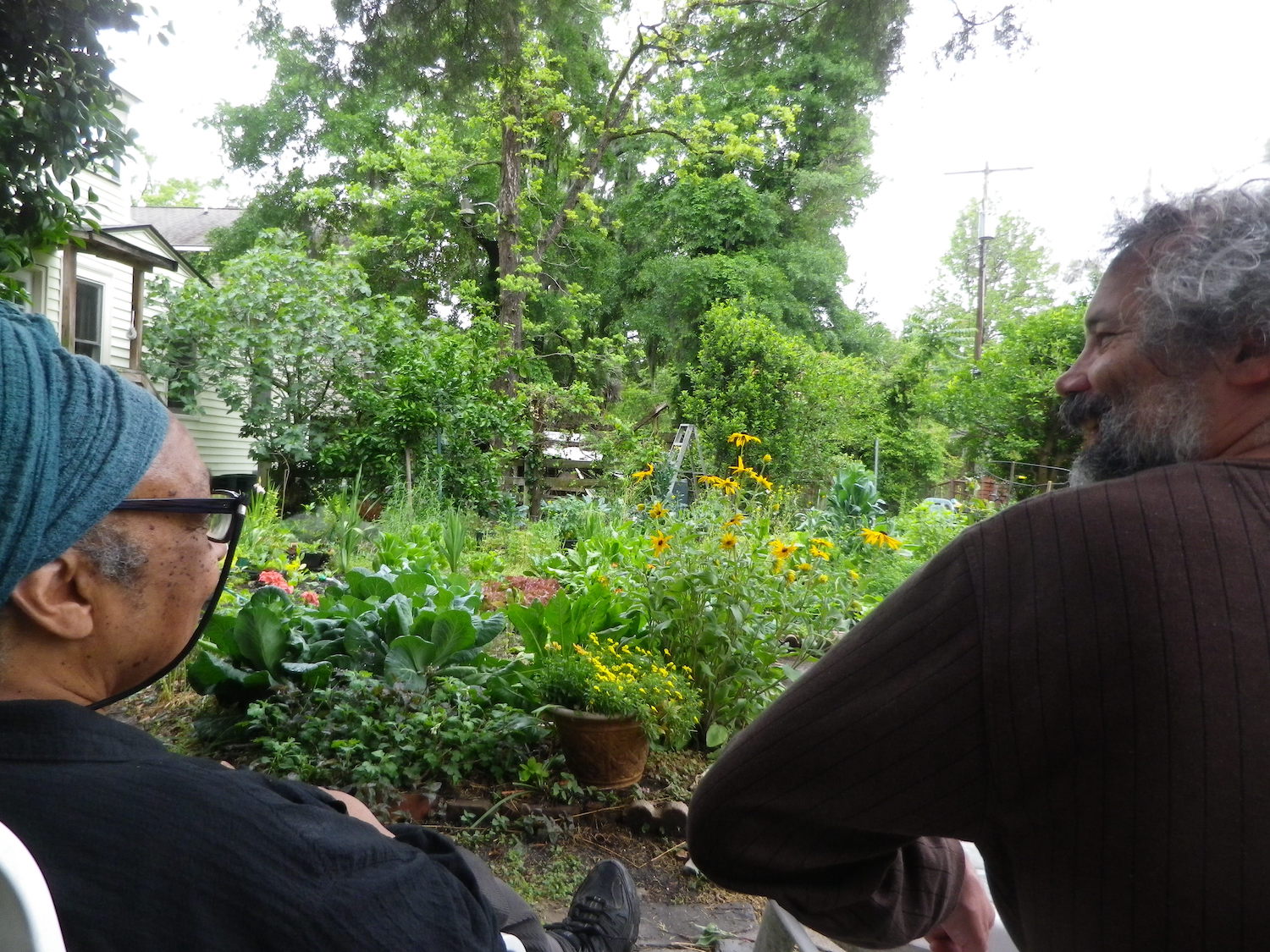
Other Additions for a Bird-Friendly Garden
Water Features
Birds are also attracted to water sources. Providing a spot in your garden where they can drink, and bath can make your garden much more attractive. Birdbaths are a decent option, but moving water can be more enticing. Consider a birdbath with a bubbler or a fountain. It’s critical to keep this water clean. You may also want to add a partially submerged stone to allow bees and other insects to get water without drowning.
Houses
While they’re unnecessary for all bird species, birdhouses can help attract cavity nesters. Don’t just grab the first birdhouse you see, though. It’s best if you start by considering what species of bird you’d like to attract. Specific species have specific nesting requirements. Houses may need to be a certain size, a certain distance apart, or hung at a particular height.
Bluebirds are an excellent choice because they’re helpful in the garden and have lost nesting habitat to invasive starlings. You can make or purchase bluebird houses with a hole that’s 1 1/2 inches in diameter to allow bluebirds in but exclude larger starlings. If you struggle with rodents, you may want to add a larger house with a 5-inch diameter entrance to attract barn owls.
What to Avoid
- Don’t use pesticides in your garden. These chemicals harm species like birds, toads, and predatory insects that naturally keep pests in check. Using them can make pest pressure worse over time. Even organic, low-impact products should be used sparingly.
- Leave the leaves! Dead organic matter like leaves and small twigs is great for your plants and birds. They provide habitats for worms, pupae, and insects that are essential food sources for baby birds.
- Keep natural areas. While not all gardeners have the space, if you have some natural areas let them remain untouched. Leave standing dead trees which make excellent nesting sites. Resist the urge to clean up fallen trees, limbs, and brush. These provide habitat for birds and insects and eventually rot down, adding organic matter back to the soil.
- Don’t clean up all your dead plants. We discussed this more extensively in our post, Wildlife-Friendly Garden: Fall Clean-Up, but leaving some dead plant material through the winter is important. Many flowers like echinacea and sunflowers hold seeds for birds, and the stalks may be home to overwintering insects that birds will feed on during the winter. When all the annuals have died back, these standing dead plants provide perches.
More Articles
Check out a couple of our other bird articles:

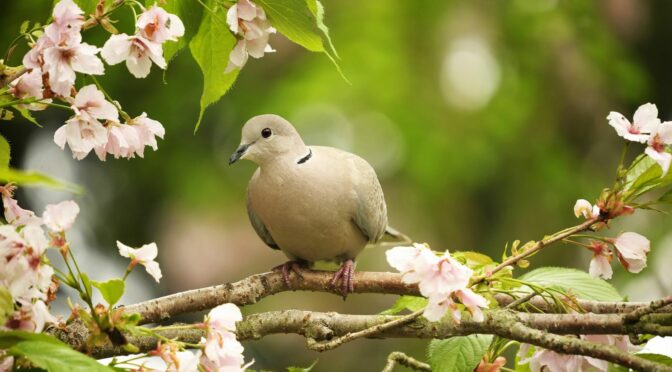

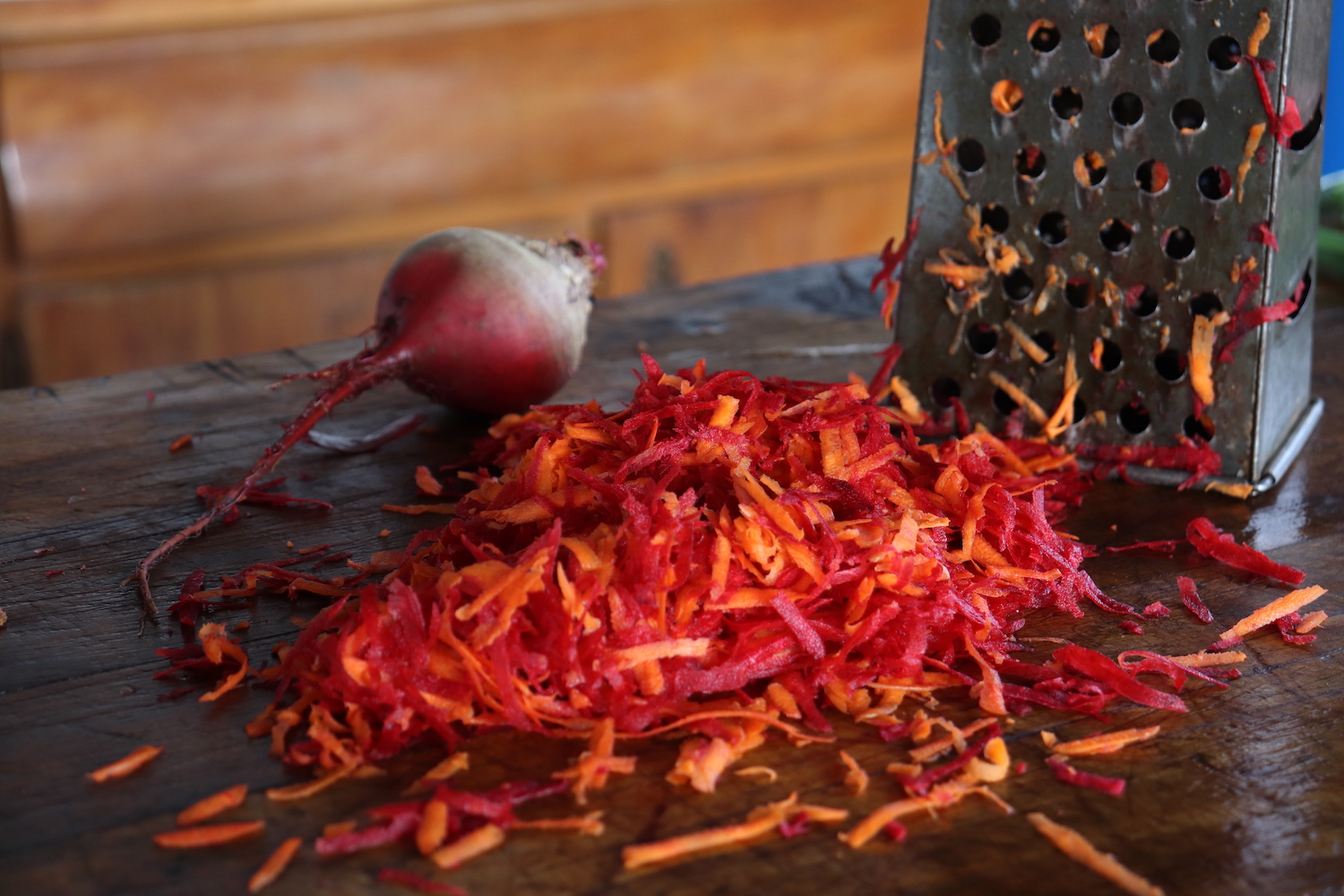 Begin by peeling your beets and grating them and your carrots. You can then toss them together. If you’re using bulb onions, I would also finely dice up a handful or two and toss them with the grated root vegetables at this time.
Begin by peeling your beets and grating them and your carrots. You can then toss them together. If you’re using bulb onions, I would also finely dice up a handful or two and toss them with the grated root vegetables at this time.
